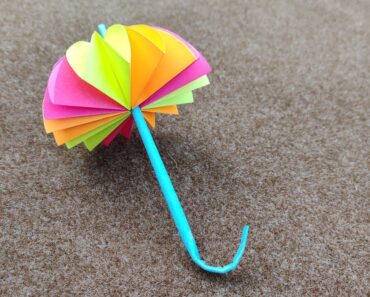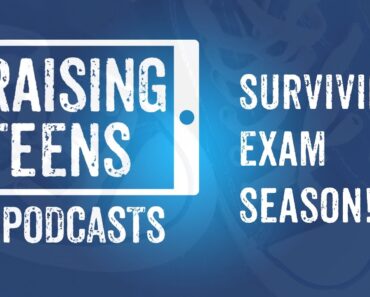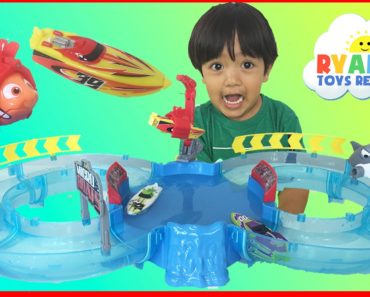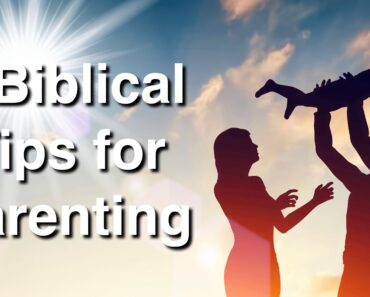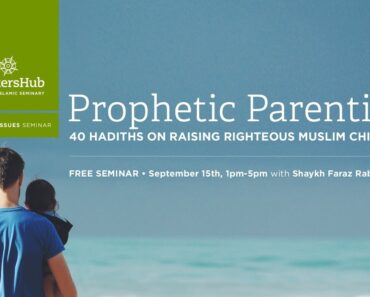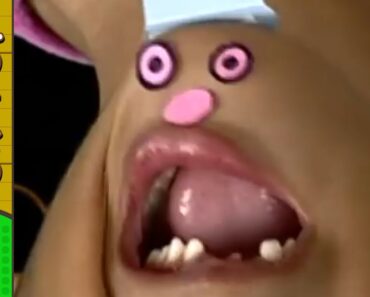Trichotillomania, also called hair-pulling disorder, hair-pulling syndrome, pathological hair-pulling, or TTM, is a mental disorder, which causes an irresistible urge to pull one’s hair from the scalp. Children with trichotillomania may also pull hair from eyebrows, eyelashes, and body.
Some children may pull one hair at a time, while a few tend to pull a handful of hair, leaving bald patches on the scalp or eyebrows. It is recommended to seek medical care at an early stage since it is easier to modify the habits at a young age.
Read this article to know more about the causes, risk factors, signs, symptoms, diagnosis, and treatment of trichotillomania in children.
Causes Of Trichotillomania In Children
The exact cause for trichotillomania is not yet known. Multiple factors, including genetic and environmental factors, may play a role in the onset of the disorder. Some studies state that hair-pulling behavior can be due to changes in the brain regions that control habitual behavior and suppress inappropriate habits (1). More research is needed to determine how precisely these brain regions play a role in trichotillomania.
It is also believed that trichotillomania is an offshoot of obsessive-compulsive disorder (OCD). An imbalance in brain chemicals due to OCD may trigger the hair-pulling disorder. It is not entirely known how these chemicals trigger trichotillomania in children (2).
Risks For Trichotillomania In Children
Hair-pulling may begin in adolescence in many children. The following factors and situations may affect the risk of trichotillomania in children (3) (4).
- Genetic predisposition, such as when a family member of the child has the condition.
- Children with anxiety may pull their hair as a way to comfort themselves.
- Obsessive-compulsive disorder (OCD) may increase the risk.
- Stress may increase compulsive behavior, such as hair-pulling.
- Some children may pull hair when they are relaxed or calm.
Some children may have periodical changes in trichotillomania, such as symptoms that can be worsening or less at a particular time. Some may not pull hair for some time and have a recurrence.
Signs And Symptoms Of Trichotillomania In Children
The symptoms often appear before the age of 17 years. The following are the symptoms seen in children with trichotillomania.
- Hair-pulling is the main symptom; you may notice bald patches on the scalp, eyelashes, eyebrow, and other parts of the body.
- Skin irritation or tingling sensation experienced on the bald patches.
- Uneven length of hair at the affected area due to constant hair-pulling.
- Habit of tugging or twisting the hair constantly. The child may also count their hair and play with their hair often.
- Restlessness before hair-pulling and a sense of relief after the action.
Some children may have a tendency to swallow the pulled hair, a condition known as trichophagy. It may lead to additional symptoms, such as abdominal pain, nausea, vomiting, anemia, and bowel obstruction.
You may also notice the following body-focused repetitive behavior in children with trichotillomania.
- Scratching
- Nail-biting
- Gnawing (always biting something)
- Cracking knuckles
- Pricking skin
A few children with trichotillomania may have coexisting psychiatric disorders, such as OCD and other anxiety disorders, ADHD, and depression that could have their symptoms. If you suspect your child is pulling their hair repeatedly, seek medical care.
Diagnosis Of Trichotillomania In Children
Bald patches and hair-pulling behavior may lead to the suspicion of trichotillomania. Your child’s doctor may perform tests to rule out other reasons for hair loss, such as infections or disorders that cause hair loss, such as monilethrix and alopecia areata. Parents could be asked for the detailed medical history of the child.
If your child is suspected of having trichotillomania, then parents could be asked details about the child’s general cognitive development. Other questions could be about the presence of any obsessive-compulsive behaviors in the child and any family history of trichotillomania or OCD and anxiety-related conditions.
Treatment For Trichotillomania In Children
Children may require referrals to pediatric neurologists, psychologists, or dermatologists for evaluation and treatment. The treatment of the condition could involve psychotherapy and pharmacotherapy. Psychotherapy, such as cognitive-behavioral therapy, may help change the emotions and thoughts that trigger hair-pulling behavior.
Psychotherapy treatments may include (5):
- Habit reversal therapy
- Stimulus control therapy
- Awareness training
Pharmacotherapy includes the following medications (5).
- A tricyclic antidepressant, such as clomipramine, inhibits neurotransmitter, serotonin reuptake in the brain
- N-acetyl cysteine influences the transmission of the neurotransmitter glutamate
- Antipsychotic medication olanzapine acts on the neurotransmitter dopamine
These medications change the release of neurotransmitters in the brain that help modify the child’s behavior. N-acetyl cysteine is the most tolerated medication since it has less risk of adverse effects. The treatment may vary in each child. Discuss medications and their potential side effects thoroughly with the pediatric neurologist or doctor.
Some children can be aware of hair-pulling, and some may do it absent-mindedly. Children with trichotillomania may grow restless when asked not to pull their hair and may deny pulling hair even after doing so. If you suspect your child pulls their hair, do not hesitate to discuss the reason with them. Seek medical help in the initial stages since early intervention could help modify the habits.
